The 6 biggest PR learnings of the Mashies

Storytelling, social media, content marketing, employer branding… For our clients, we as an agency juggle many different balls at once. PR still belongs to one of our core competences and remains one of the most important tools to carry the stories of our clients into the world. With a staff consisting of 12 consultants we look back at nearly one century of concentrated PR experience. However, the branch is constantly changing and we never stop learning likewise. Therefore, the whole team – from the experienced consultant to the PR newbie – revealed six of their most important PR learnings:
1. A plan is good, flexibility is even better!
Even after many years’ of experience, every new topic is accompanied by a certain insecurity. Regardless of how many times one has already done fashion or b2b PR, all of the mashies agree: There never is a guarantor that a press angle works.
“Often, I have had strategies, content plans and great ideas and had to find out at the operational work that my good plan simply does not prove to be successful: The journalists have no interest, do not accept the client as a serious addressee or they are already thematically satisfied. Instead of proceeding, I mostly backtrack fast and consider a new strategy”. Ciani
What defines our work and eventually leads to success at some time, is the flexibility to break up our structures. In the end, many roads lead to Rome, we must only find the right one.
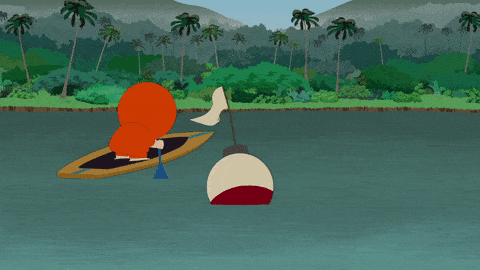
“It can drive you to desperation if subjects do not work out at all and you always run against a wall. If the pressure from the client is high, you have to stay calm and consider how you can change tack. In this state, you cannot avoid trying out. It is a good idea to play with creativity or get tips from outsiders and to get to know how others see the subject or what they would find exciting”. Steffi
2. Journalists and clients are humans – and so are PR consultants!
It may sound reasonable at first but the realization that the one the other side of the phone line is also just a human being simplifies the PR work massively. Journalists and clients should not be put on a pedestal. On the contrary: As PR consultants, we are part of a delicate network where one hand washes the other. Clients want to get into the media and editors are always in search of exciting topics. We as PR consultants act as intermediaries.
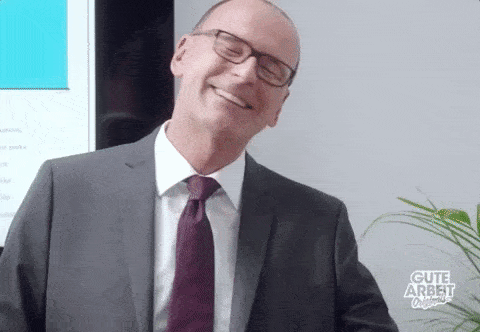
“Formal addresses, stiff phone calls – not on my watch! I consider it to be extremely important to approach clients and journalists on equal terms. Especially during the contact with journalists, I do not shy away from addressing them with the familiar “du”. You are quickly on another, much more pleasant level. The exchange in general is more productive and you especially benefit from an open communication also with regard to topics from various clients.” Tommy
Of course, everyone has their own style and not everyone is on first name terms with everybody. However, the basis of communication is to show respect and appreciation for your conversational partner.
“I like to call journalists. Before I pick up the phone, I look at their work closely. This is one kind of appreciation and editors are more likely to listen to me because they know: Hey, she paid attention to my work. This bond can be developed through emails as well but personally I like to get a reaction directly on the phone. This way I know who I am dealing with immediately.” Ciani
3. Even bad PR is good publicity – no, no, no!
There are always some clients who try to convince us that even bad PR means good publicity. By experience we can say: Save the effort!
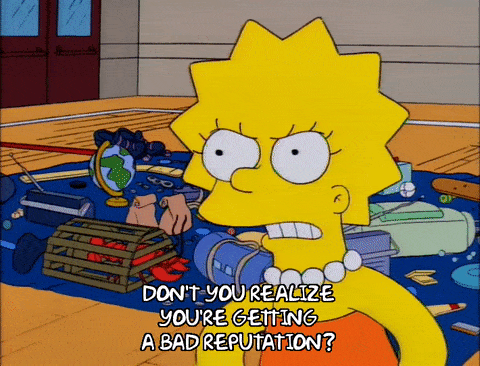
“Of course you can take a risk and should always be prepared for critical questions / scenarios. But you should never intentionally do anything negative or provocative just to be in the press. This damages your reputation in the long run.” Nora
For us PR consultants this means yet another learning: If we are of the opinion that a topic cannot be played like this because it is disrespectful or inappropriate, for example, we must remain tough in front of the client. Otherwise, at the end our credibility towards the journalists suffers.
“As a PR agency, you have to build up a good reputation. This means not to do things that the client would like you to do if this would mean to lose a contact. On the other hand, you have higher chances to place a topic if you deliver good stories and quality, the journalists know this and, therefore, go with your story.” Nora
4. Think outside the infamous box!
What makes our work so pleasant? Its versatility! This applies not only to the topics that land on our desks but also to the many-faceted media landscape. We are lucky that we live in a country where there are big general interest media as well as niched specialized magazines. This results in a diverse department landscape. Therefore, we have to think outside the box when we address editors:
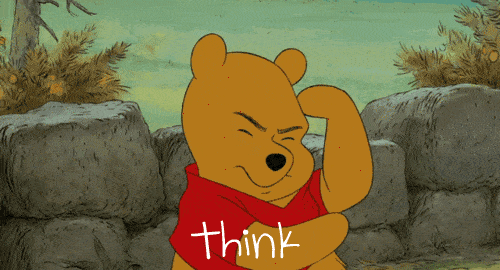
„Just because a product is related to sports, it might not necessarily fit in with the sports department of a newspaper. But the good news are: It can be a good match for several other areas, e.g., “health” (fitness and dieting tips), “digital” (presentation of new apps and websites), “adviser / finances” (save money with alternatives to fitness studios), “local news” (founder or testimonials that are from a certain region; local offline actions like a public fitness camp), “economy” (founder story / story of success and business model gain center stage), “fashion” (recommendations of suitable sport accessories).” Miriam
5. Easy, but full of passion: This is how we thrill readers!
As Einstein already said: “If you can’t explain it in a simple way, you don’t understand it well enough.”
This is what every PR consultant learns early on, namely when you suddenly having a hard time explaining a client’s product while calling a journalist.
“To write a text, that the client likes and that covers all its wishes and visions is great. But, in the end, the reader should find it interesting to read and see a real added value to it. Not to become routine-blinded for one’s own standards, it is good to leave the text for one day and then consider whether your own granny would understand it and would be convinced of the story.” Steffi
However, beside the simple description of our clients, our own attitude towards the product is also important. During an internship at a radio station, it was said to me once: You have to smile, one can hear this! Same applies to our PR work, because passion is contagious.
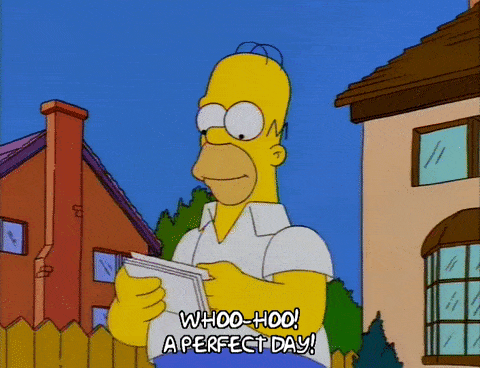
“There are products that you would never buy. Our job, however, is to put ourselves in the position of our clients and their products. If the product is understood perfectly, the PR work runs like hot cakes. The enthusiasm of the client catches on with the consultant and in the end with the journalist.” Tommy
6. See the entirety!
A learning that is particularly evident in the cooperation with clients: Of course, the PR work can’t be separated from the remaining means of communication. So if we are exclusively responsible for PR but the client also communicates through other channels, it is important to constantly compare whether the messages remain consistent.
“A transparent communication with our clients is essential! Not only to get to know the product, to explain your work and to coordinate expectations. Regular calls and meetings keep you in touch with company in general and enable you to better integrate PR.” Julia
That does not solely apply to the embedding of the PR in the overall communication. Even during the daily work, you should always ask yourself if the texts and other materials fit in with the overall picture:
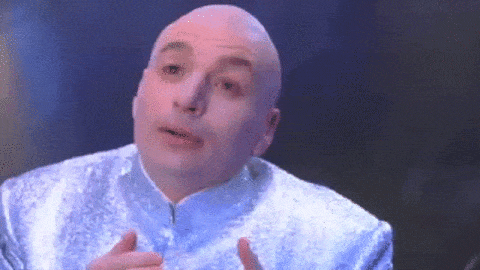
“When I gave a presentation about an Instagram project, our slides contained mainly texts. Whereas, there was only one thing needed – pictures, pictures, pictures. Regardless of whether you are looking for PR topics, pitches and presentations or you are writing a text – the main idea, values and visions of a company or project must run through language, texts and pictures from start to finish”. Louisa
Share this article









